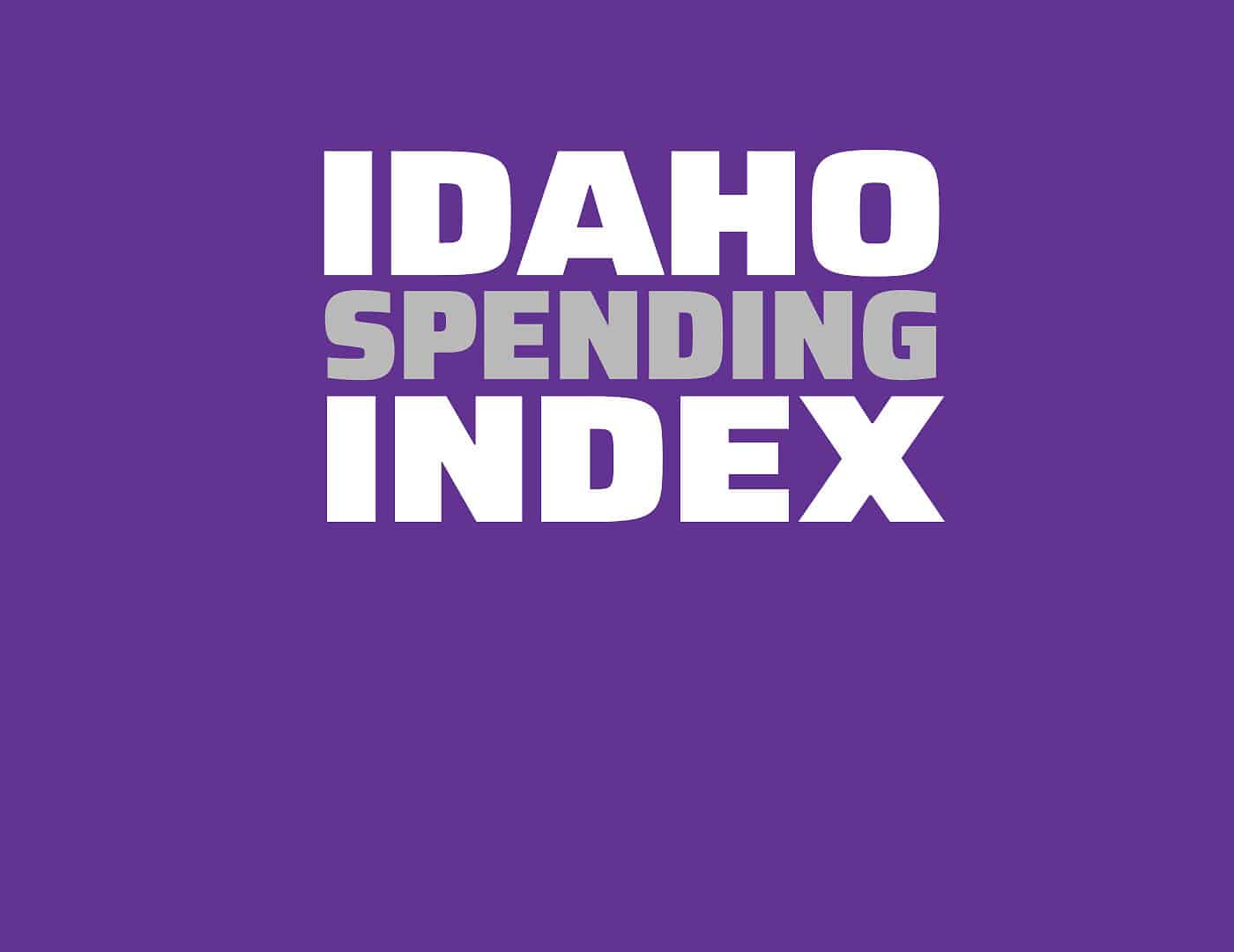


The Idaho Spending Index serves to provide a fiscally conservative perspective on state budgeting while providing an unbiased measurement of how Idaho lawmakers apply these values to their voting behavior on appropriations bills. Each bill is analyzed within the context of the metrics below. They receive one (+1) point for each metric that is satisfied by freedom-focused policymaking and lose one (-1) point for each instance in which the inverse is true. The sum of these points composes the score for the bill.
Analyst: Niklas Kleinworth
Rating: -4
Bill Description: House Bill 334 appropriates $4,691,777,000 and 213.00 full-time positions to the IDHW Division of Medicaid for fiscal year 2024.
Does this budget enact powers and activities that extend beyond the proper role of government? Conversely, does this budget fulfill the proper role of government?
Medicaid is a jointly funded program between the federal government and the state. During the pandemic, the federal government offered an enhanced federal match rate for covering the costs of regular Medicaid. The catch, however, is that the Idaho Department of Health and Welfare — referred to as the IDHW — cannot remove anyone from the Medicaid rolls unless they ask to be removed, leave the state, or die. This leaves people on the rolls who may not even be eligible to receive government benefits. The department estimates that there are about 151,000 people on the rolls whose eligibility is undetermined.
When the department is allowed to start cleaning the rolls again in April of this year, one would expect to see most of the 151,000 people fall off the rolls. House Bill 334 assumes virtually no decline in enrollment despite the rolls being cleaned. It is unlikely that nearly all the people who enrolled in Medicaid due to economic hardship during the pandemic are still eligible three years later.
Continuing to provide health care to individuals who are ineligible to receive those government benefits jeopardizes the program for the truly needy. It is an unjust burden on taxpayers to provide what would be a step toward universal health care.
(-1)
Does this budget incur any wasteful spending among discretionary funds, including new line items? Conversely, does this budget contain any provisions that serve to reduce spending where possible (i.e. base reductions, debt reconciliation, etc.)?
The model for this Medicaid budget makes no effort for cost containment. House Bill 334 provides for a $24.9 million provider rate increase that was not requested by the governor. Additionally, this legislation provides $72 million to implement a new Behavioral Health Plan that also includes a 10% provider rate increase for behavioral health services.
Management of the Idaho Medicaid system is also particularly wasteful. The Department of Health and Welfare has language that permits objectionable procedures like hormone therapies for gender transitions. Idaho also has an exceptionally high improper payments rate of 39.8%, according to estimates from the Centers for Medicare and Medicaid Services. The budget presented in House Bill 334 makes no effort to curb existing waste in the Medicaid system and even expands on the issues therein.
(-1)
Is the maintenance budget inappropriate for the needs of the state, the size of the agency, or the inflationary environment of the economy? Conversely, is the maintenance budget appropriate given the needs of the state and economic pressures?
This legislation sets the maintenance budget for the Division of Medicaid at $4,451,104,200, growing from the base by 58.5% in the last three years. This rate is more than quadruple what would be prescribed by inflationary pressures and growth.
Note that this measurement only accounts for ongoing expenditures necessary to maintain basic operations within the program. Since the proposed maintenance budget presented in House Bill 334 is compared to the base from the 2022 fiscal year, factors such as pandemic spending and Medicaid Expansion did not inflate the measurement.
(-1)
Does this budget perpetuate or expand state dependence on federal dollars, thereby violating principles of federalism? Conversely, does this budget actively reduce the amount of federal dollars used to balance this budget?
Federal spending constitutes 66.3% of the total Medicaid budget. This funding also covers the salaries for 76 of the Division’s 213 staff members — that is, 36% of all positions within the Division. This offers a substantial amount of federal control over the program, its rules, and its operations. Though the United States Supreme Court ruled in NFIB v. Sebelius that Medicaid funds are severable, states that accept new Medicaid funding are subject to new federal strings or risk losing the money altogether. This dramatically increases federal control over Idaho’s health care delivery system.
(-1)

